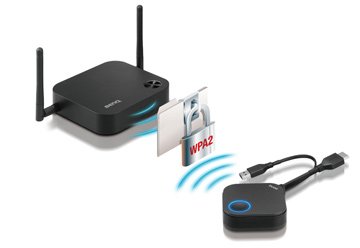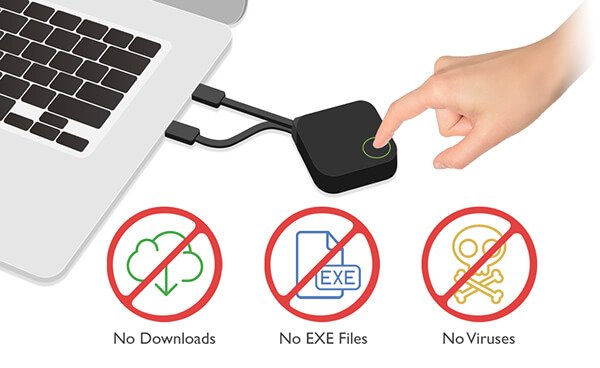Projector
Monitor
Lighting
Digital Display
Job References
This site uses cookies. By continuing to browse the site you are agreeing to our use of cookies, you can also manage preferences.
This site uses cookies. By continuing to browse the site you are agreeing to our use of cookies, you can also manage preferences.
Projector
Monitor
Lighting
Digital Display
Job References
Projector
Monitor
Lighting
Digital Display
Job References
Knowledge Center Support
In most companies, meeting rooms and board rooms are where executives explore alternative ideas and make decisions. Typically, presentation decks, spreadsheets, and contracts associated with these decisions are up on display. As more meeting rooms transition from cables to wireless presentation systems , how do you ensure that confidential information stays that way?
Wireless presentation systems are unique in that they broadcast content from the users’ device over the air – or via a network to a display. While this may seem innocuous for most people, savvy IT managers know that these signals are at risk of being intercepted. For example, one popular wireless presentation platform warns that unless specific steps are taken, their system “ can be vulnerable to user and network security breaches, including unauthorized user access, screen capture and recording, unauthorized changes to configuration settings, and denial-of-service attacks.” According to cybersecurity expert Ken Buckler, there are three simple ways to protect your wireless system from the catastrophes listed above. While no system is completely immune to security threats, taking the following steps will help enhance your wireless security.Some wireless presentation systems require users and visitors to log on to specific networks to present, and then send their content over the network to the receiver. Granting visitors access to a corporate network to present could open the door for malicious malware that can threaten your network. According to Matt Walmsley, EMEA Director at Vectra, “With the advent of BYOD, everyone learned that dangerous threats could be ‘walked in’ past cybersecurity controls, whether the threats are on a laptop or a USB thumb drive. As a result, it has become important to detect BYOD threats and accelerate the related incident response.” With a network-based wireless presentation system, the biggest risk is that these systems, if not properly protected, can be used to access and attack the main network.
Many wireless presentations rely on proprietary software apps loaded on notebooks to capture the information and digitize it to a form that can be easily sent to the receiver. For cybersecurity managers, software applications represent a risk, as there is no access to the original code for most systems, and there is always the risk that apps can be cloned or injected with malware if not properly written or protected.

Not all wireless presentation systems encrypt their transmissions. Some of the less expensive ones send the content over the network unencrypted, while others require IT managers to set up the encryption on their central management system. Look for a wireless system that encrypts all your wireless transmissions – and doesn’t leave open the option of unauthorized screen capture and recording if someone at IT hits the wrong switch.

The BenQ InstaShow is designed from the ground up for a secure wireless presentation system. To accomplish this, it has a unique architecture that sets it apart from most other systems. First, the InstaShow can operate as a standalone system – without having to connect to a network. While the unit can be managed via the LAN port, cybersecurity expert Ken Buckler was unable to “bridge” to gain access to the network. Secondly, each InstaShow button encrypts every transmission. When powered up, the button turns red until it has created an encrypted connection – then turns green to show its safe to present. Finally, the InstaShow does not require any software to be used on a notebook – or any other device. Plug in a button to your notebook tablet, or media player – and start presenting.
To learn more about the security protections built into the InstaShow platform, you can read Ken’s article Instashow – Security Done Right, and download the InstaShow Security White Paper here.Thanks for your feedback!